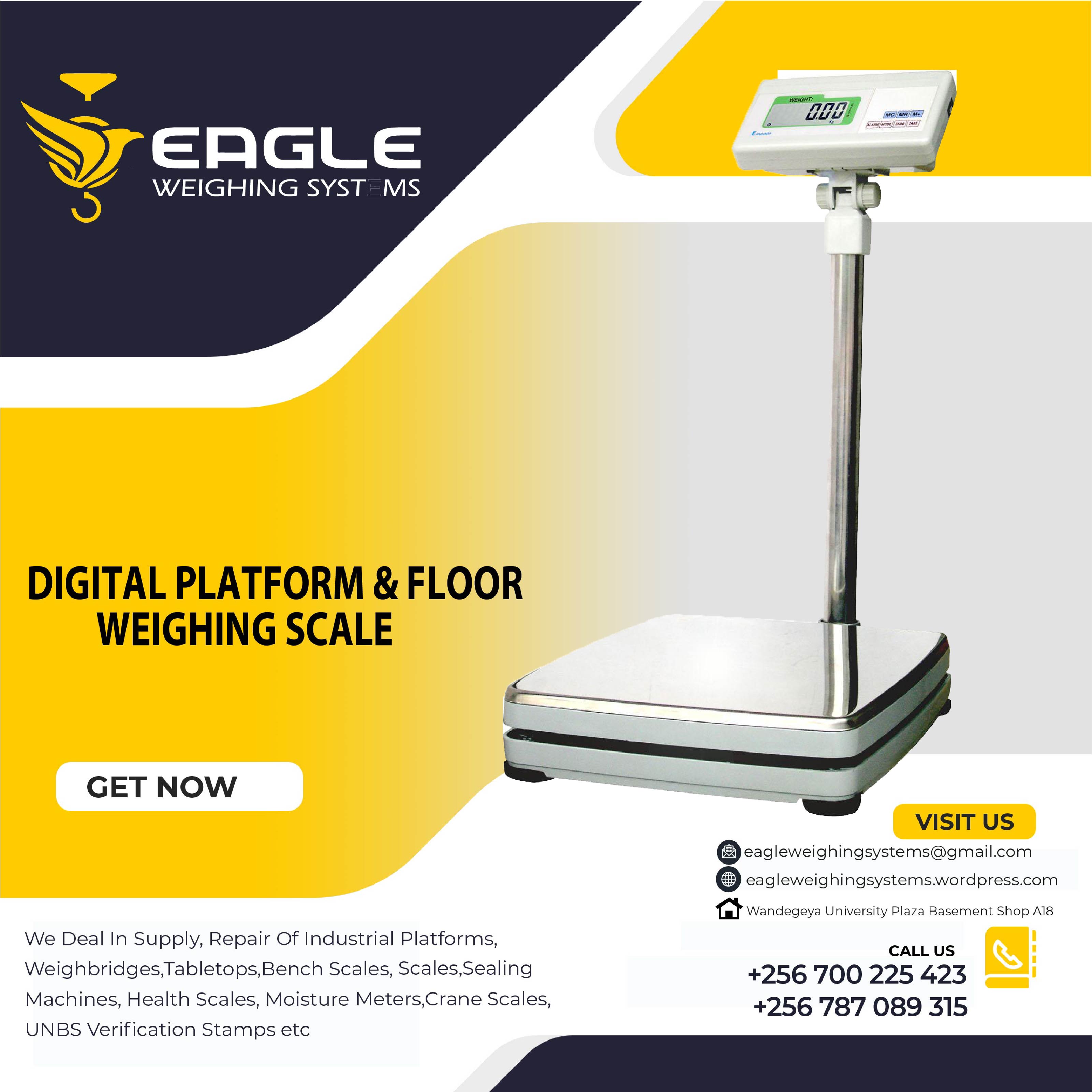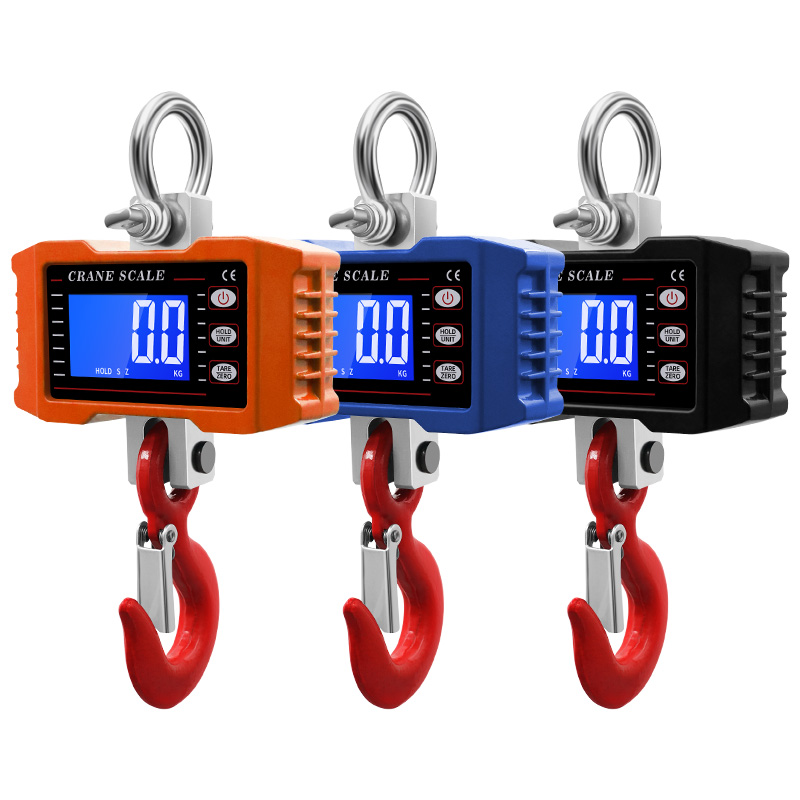Ensuring your weighing scale is accurate is essential for making health, fitness, or business decisions based on precise measurements hence you need Key Steps To Follow To Keep The Accuracy Of Aweighing Scale. Inaccuracies in a scale’s readings can lead to misleading results and impact your goals or business processes. This article will walk you through how to test and confirm the accuracy of your scale, what affects its precision, and tips to maintain your scale for consistent performance.


Why Accuracy Matters in Weighing Scales
Accurate weighing scales are crucial for a range of applications—from tracking health and fitness goals to managing inventory in retail and industrial settings. Accurate readings mean your scale can provide measurements that are close to the actual weight of the object or person, ensuring reliable information for decision-making.
Key Factors That Affect Weighing Scale Accuracy
Several elements influence a scale’s accuracy:
- Calibration: Over time, scales require recalibration to adjust for drift, which is common due to repeated use.
- Surface Placement: Scales perform best on hard, flat surfaces. Uneven surfaces can cause fluctuations in readings.
- Environmental Factors: Extreme temperatures, humidity, and exposure to dust can disrupt scale components, especially in digital models.
- Battery Level: For digital scales, low battery power often leads to inconsistent or fluctuating results.
- User Positioning: How you stand on a scale matters. Even weight distribution is essential for accurate measurements.
Step-by-Step Guide to Testing Your Scale’s Accuracy
Testing your scale’s accuracy can be done at home using a few simple techniques. Here’s how:
1. Test with Known Weights
Using objects with known weights—such as dumbbells, weight plates, or household items with labeled weights—is one of the most reliable ways to check accuracy. Place these objects on the scale and see if the readings match the labeled weight. If the scale displays a different reading, it may need calibration.
Example Items to Use:
- Dumbbells or weight plates.
- Sealed bottles of water labeled with volume and weight.
- Packaged goods with marked weights (like a bag of flour).
2. Repeated Measurements for Consistency
Weigh the same object several times to confirm if the scale provides consistent readings. If the results vary significantly, it could indicate a problem with the scale’s internal sensors or require recalibration.
3. Check Zero Calibration
Ensure that the scale reads zero before you step on it or place an object. Many digital scales automatically zero themselves, but mechanical scales may require a manual adjustment. This step is essential because any deviation from zero can affect overall accuracy.
4. Use a Second, Reliable Scale for Cross-Checking
If possible, use another accurately calibrated scale to cross-check readings. Compare the weights from both scales to see if they align. Using a commercial or medical-grade scale at a fitness center or medical office can provide an accurate comparison.
5. Test with Varying Weight Ranges
Testing your scale with different weight ranges helps confirm its accuracy across its full capacity. For example, weigh light items first, then increase with heavier items. This process can help determine if the scale consistently registers accurate weights.
Common Causes of Inaccurate Scale Readings
1. Uneven Surfaces
Scales are highly sensitive to where they are placed. Using a scale on carpet, rugs, or an uneven surface can create inaccuracies. It’s best to use scales on a solid, level surface like tile, concrete, or hardwood.
2. Battery-Related Issues
Low battery power often causes digital scales to display inaccurate readings or fluctuate. Regularly replace batteries, and consider keeping spares on hand to avoid any disruption.
3. Environmental Factors
Extremes in temperature, moisture, and humidity can affect both digital and analog scales. If stored or used in such conditions, scales may provide inaccurate measurements. Keep scales in a stable environment whenever possible.
4. Calibration Needs
For optimal accuracy, scales require periodic calibration. Many digital scales have an automatic calibration feature, but manual calibration may be necessary for analog or professional models.
5. User Positioning
Incorrect positioning on the scale—such as leaning to one side or shifting weight—can lead to inaccuracies. Stand with equal weight on both feet, centered on the platform.
How Often Should You Check Your Scale’s Accuracy?
For household scales used to track health and fitness, monthly accuracy checks are generally sufficient. In professional settings like retail, laboratory, or medical applications, scales should be checked daily or before each use, especially if they’re subject to frequent or heavy use. High-traffic environments demand more frequent calibration to maintain consistency.
Tips for Maintaining Your Weighing Scale for Long-Term Accuracy
1. Keep the Scale Clean
Dust and debris can accumulate over time, especially on the platform and sensors. Wipe down the scale regularly with a damp cloth, taking care to avoid harsh chemicals that may damage sensitive parts.
2. Store in a Stable Environment
Protect your scale from extreme temperature changes and humidity, which can interfere with accuracy. Storing scales in a cool, dry area ensures that the electronic components remain stable.
3. Calibrate Regularly
Calibration is essential, especially for commercial or high-usage scales. Follow the manufacturer’s instructions for recalibration or use calibration weights as needed to adjust accuracy.
4. Avoid Overloading the Scale
Every scale has a maximum weight capacity, and exceeding it can damage the internal sensors. For example, using a bathroom scale designed for 150 kg (330 lbs) to weigh heavy items can permanently alter its accuracy.
5. Replace the Scale When Needed
Scales don’t last forever. If calibration fails to improve accuracy or you notice wear and tear, it might be time to invest in a new scale. Analog scales typically last longer than digital ones, but both types will eventually need replacement.
Comparing Digital vs. Analog Scales for Accuracy
Many users wonder whether digital or analog scales are more accurate. Here’s a quick comparison:
- Digital Scales: Known for precision and ease of reading, digital scales are often preferred for their modern technology. However, they require regular battery changes and are sensitive to environmental factors.
- Analog Scales: Analog models are sturdy and often more durable but lack the fine precision of digital scales. They’re less prone to battery issues and are generally easier to maintain.
Recognizing When Your Scale Needs Replacement
If you’re noticing ongoing issues with accuracy, consider whether your scale might need replacing. Signs a scale may need replacement include:
- Frequent recalibration without improvement.
- Erratic or fluctuating readings.
- Visible wear or damage to the platform or sensors.
Conclusion
Ensuring that your scale is accurate takes consistent testing, proper maintenance, and regular calibration. Whether you’re using a scale at home or in a professional environment, following these steps will help maintain precision and reliable results over the long term. Regular checks not only improve accuracy but also extend your scale’s lifespan, making it a valuable tool for health tracking, fitness, and various business applications.







